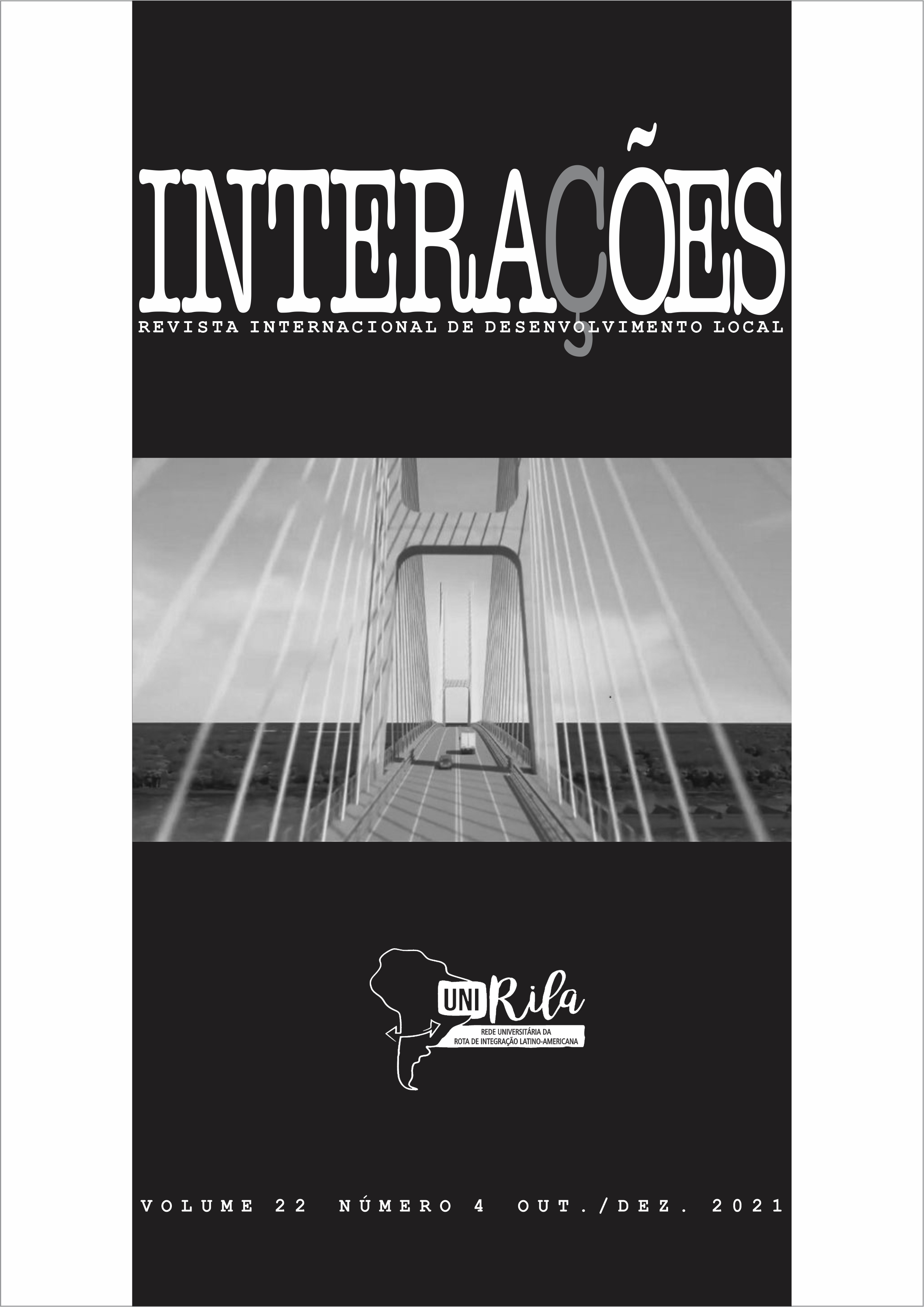Imperial dream: the RILA as achievement of the second reign’s diplomatic objective for Paraguay
Keywords:
Boarder Brazil-Paraguay, River Plate Basin, Brazilian Empire, Diplomacy, RILAAbstract
This work has the purpose of presenting the LAIR (Latin American Integration Route) as the achievement of diplomatic objectives already traced in the Brazilian imperial era between itself and Paraguay. This paper will show how, in the diplomatic field, the Empire can be qualified as the historical period which designed Brazil, fixing it as a regional power and positioning itself in the way of ensuring policies whose consequences would be beneficial even for its neighbors. The border relations between Brazil and Paraguay will be treated with its peculiarities, besides a description of the region’s hydrography with regards to the River Plate Basin. So, this work will enter in its historical part by analyzing the formation of the Brazilian Empire’s Second Reign, explaining its development and characteristics that interest to this paper, presenting its diplomatic conceptions, showing the problems faced by the tropical monarchy in the Platine Region and the objectives and paths searched to bypass them. In the end, it will be brought to analysis the idea of the LAIR and its Latin American integration project, with investments aiming to use the region’s hydrography to export local products, linking it with the geopolitical objective searched since imperial times to guarantee the free access to the Platine rivers. This research utilized qualitative methodology, analyzing books and articles in the area to base the central thesis. The result achieved met the original goal, showing that the LAIR comes from the development of a conception of foreign relations created, for Brazil, in the Monarchy.
References
BARRIO, C. O. L. O Império do Brasil e a política de intervenção no rio da Prata (1843-1865). Brasília, DF: FUNAG, 2018.
BECKER, B. K. Amazônia: geopolítica na virada do III milênio. Rio de Janeiro: Garamond, 2007.
BRASIL. Constituição da República Federativa do Brasil. Brasília, DF, 1988. Available at: https://www.planalto.gov.br/ccivil_03/Constituicao/Constituicao.htm. Access on: 25 May 2021.
CALMON, P. História da civilização brasileira. Brasília, DF: Senado Federal, 2002.
CALÓGERAS, J. P. Formação histórica do Brasil. Brasília, DF: Senado Federal, 2009.
DORATIOTO, F. F. M. O Brasil do Rio da Prata (1822-1994). 2. ed. Brasília, DF: FUNAG, 2014.
DORATIOTO, F. F. M. Maldita Guerra: nova história da Guerra do Paraguai. 2. ed. São Paulo: Companhia das Letras, 2002.
FAUSTO, B. História do Brasil. São Paulo: Editora da Universidade de São Paulo, 1995.
GOES FILHO, S. S. As fronteiras do Brasil. Brasília, DF: FUNAG, 2013.
OLIVEIRA LIMA, M. Formação histórica da nacionalidade brasileira. Brasília, DF: Senado Federal, 2012.
PAIXÃO, R. O. Turismo na fronteira: identidade e planejamento de uma região. Campo Grande: Editora UFMS, 2006.
POLÓN, L. C. K. Brasil-Paraguai: considerações sobre a “fronteira do consumo”. Tempo da Ciência, Toledo, v. 22, n. 44, p. 71-77, 2015. Available at: http://e-revista.unioeste.br/index.php/tempodaciencia/article/view/12933/8935. Access on: 24 May 2021.
SOARES, Á. T. O drama da tríplice aliança (1865-1876). Brasília, DF: FUNAG, 2021.
SOUZA, E. B. C.; GEMELLI, V. Território, região e fronteira: análise geográfica integrada da fronteira Brasil/Paraguai. Revista Brasileira de Estudos Urbanos e Regionais, Rio de Janeiro, v. 13, n. 2, p. 101-16, 2011. Available at: https://www.redalyc.org/pdf/5139/513951688008.pdf. Access on: 24 May 2021.
SILVA, J. M. Fronteiras Guaranis. 2. ed. Campo Grande: Instituto Histórico e Geográfico de Mato Grosso do Sul, 2003.
SUNAKOZAWA, L. F. J.; REYNALDO, G. O. A Rota de Integração Latino-americana (RILA) diante da globalização: a necessidade urgente da pavimentação jurídica transnacional e territorial. In: FEITOSA, A.; FRANCESCHINI, B.; SILVA, R. B.; BRITO, R. D. (Orgs.). Perspectivas de Direito Contemporâneo. Rio de Janeiro: Grupo FGB-Pembroke Collins, 2019. p. 706-21.
TORRES, J. C. O. A democracia coroada. Brasília, DF: Câmara dos Deputados, 2017.
VARGAS, F. A. Formação das fronteiras latino-americanas. Brasília, DF: FUNAG, 2017.
YEGROS, R. S.; BREZZO, L. M. História das relações internacionais do Paraguai. Brasília, DF: FUNAG, 2013.
ZUGAIB, E. A hidrovia Paraguai-Paraná. Brasília, DF: FUNAG, 2007.
Downloads
Published
How to Cite
Issue
Section
License
Direitos Autorais para artigos publicados nesta revista são do autor, com direitos de primeira publicação para a revista. Em virtude de aparecerem nesta revista de acesso público, os artigos são de uso gratuito, com atribuições próprias, em aplicações educacionais e não-comerciais.


